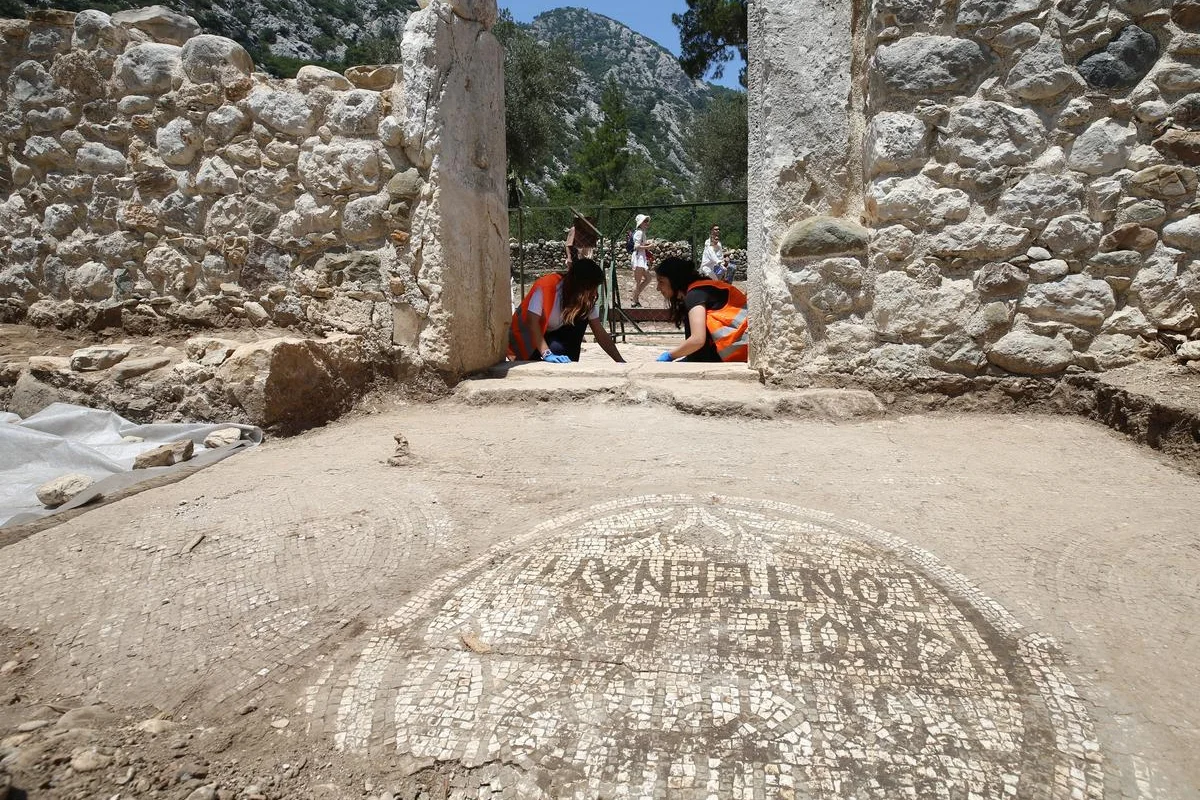BY THE ARCHAEOLOGIST EDITOR GROUP
In the realm of history and anthropology, few artifacts possess the captivating allure of ancient beads. These small, intricate wonders hold within them stories of ancient societies, reflecting not only extraordinary craftsmanship but also shedding light on trade routes, cultural interactions, and the deep significance of adornment in our human past. Let's embark on a journey to explore the fascinating world of ancient beads and their timeless charm.
The Evolution of Adornment: Since the earliest days of human civilization, adorning oneself has been a vital part of self-expression, cultural identity, and societal status. Ancient beads, often found in archaeological sites around the world, bear witness to this intrinsic human fascination with ornamentation.
Materials and Techniques: The artisans of antiquity showcased remarkable skills in fashioning beads from a diverse array of materials. From the simplest forms crafted from shells, seeds, and stones, to more intricate creations made from glass, metal, bone, and semi-precious gemstones, these craftsmen's ingenuity is undeniable. Techniques like carving, shaping, and intricate glasswork were used to transform these raw materials into an assortment of beads, each with its own unique character.
Symbolism and Significance: Beads held deep symbolic meaning in various ancient cultures. They were used in rituals, religious ceremonies, and as protective amulets. The choice of colors, shapes, and patterns conveyed social standing and spiritual beliefs. Beaded jewelry adorned both the living and the departed, highlighting the connection between embellishment and the afterlife.
The Global Journey of Beads: One of the most captivating aspects of ancient beads is their ability to transcend geographical boundaries, providing a remarkable insight into early trade networks and cultural exchanges.
Trade Routes and Networks: Beads were more than just ornamental; they served as valuable commodities traded across vast distances. Beads crafted from rare materials like amber, lapis lazuli, and faience were exchanged along extensive trade routes that spanned continents. These networks facilitated not only the exchange of goods but also the transmission of ideas and cultural practices.
Cultural Exchange and Interaction: The presence of beads from distant regions within a single archaeological site speaks to the interconnectedness of ancient civilizations. Beads became conduits for cultural exchange, spreading artistic styles and techniques far beyond their places of origin. This exchange enriched bead-making practices and led to the emergence of unique hybrid designs.
Preserving the Past: The delicate nature of ancient beads presents challenges in their preservation. Archaeologists and conservators employ meticulous methods to clean, restore, and document these artifacts, ensuring their survival for generations to come. Museums and cultural institutions play a crucial role in safeguarding these treasures, providing us with the privilege to appreciate the artistic achievements of our ancestors.
Conclusion: Ancient beads are more than just objects; they are windows into the past, offering glimpses into the creativity, aesthetics, and connections that defined ancient societies. Worn for protection, traded across distant lands, and cherished through generations, beads bridge the gap between our present and our shared human heritage. As we marvel at these intricate creations, we honor the artisans who crafted them and celebrate the enduring legacy of human ingenuity.







